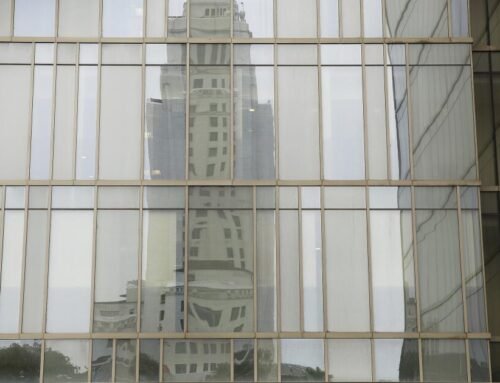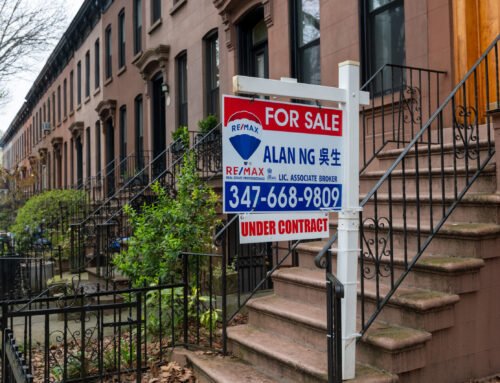How to tell if the money you have is real
Let this video from uscurrency.gov help you understand the main security features across all U.S. banknotes to help quickly, easily, and discreetly determine if a note is genuine.
Let this video from uscurrency.gov help you understand the main security features across all U.S. banknotes to help quickly, easily, and discreetly determine if a note is genuine.
A nationwide search is on for a Florida woman who made over $7,000 in counterfeit cash, according to the Charlotte County Sheriff’s Office.
Andrea Maher, 38, was arrested in December 2017, bailed out of jail and never showed up for her trial last year, according to the sheriff’s office.
There’s now an active arrest warrant for her arrest.
Andrea Maher, 38, was arrested in December 2017, bailed out of jail and never showed up for her trial last year, according to the Charlotte County Sheriff’s Office.
Charlotte County Sheriff’s Office.
Maher was part of an organized counterfeiting scheme involving five other suspects and was arrested during a traffic stop. Counterfeit bills with repeated serial numbers, ink cartridges and other counterfeiting printing materials were found inside the car. A suitcase filled with counterfeiting material was also found inside her room, according to the police report.
A lot of Maher’s fake cash made its way through local fast-food restaurants and stores, according to Fox4.
How do I know if it’s funny money?
U.S. money has various security features and threads that makes it difficult to copy. These features are also updated over time to increase security, so you shouldn’t try to compare bills created in different series. But you should look at these features when trying to verify all denominations, except the $1 and rare $2.
Here are a few easy tips to check if your cha-ching is the real deal:
1. Feel the paper
Move your finger across the bill. It should feel slightly rough. This texture is created through the printing process and the paper’s “unique composition,” according to the U.S. Currency’s quick reference guide.
2. Hold it to the light
You should be able to see a security thread, which looks like a thin line, embedded on any dollar that is $5 or more. Once you’re holding it up to the light, make sure the thread runs down the entire bill and has the words “USA” followed by the bill’s denomination written on it. It should be spelled out for $5, $10, and $20 bills and numbered in $50 and $100, according to Cornell University.
If you want to be extra sure the bill is real, hold it up to an ultraviolet light to see if the security thread glows a different color. Keep in mind, each bill glows a different color.
If you want to see if a bill is real, hold it up to an ultraviolet light to see if the security thread glows a different color. Keep in mind, each bill glows a different color.
Michelle Marchante
Source: U.S. Secret Service
3. Check for a watermark
Every bill that is $5 or more has a faint image to the right of the portrait. That watermark can be seen on both sides of the bill. Don’t be alarmed if you see the number 5 watermarked on your $5 bill twice. The U.S. Currency office says it’s supposed to be like that.
4. Tilt the bill
If you’re checking a bill that is $10 or more, look at the numbers and bell that are on the lower right corner. The ink will change colors from copper to green if you tilt it.
If you’re looking at a 2004 style $100 bill, look for the 3-D security ribbon. It has images of bells and 100s woven into it. Tilt the bill back and forth and the bells and 100s will move side to side, according to the U.S. Security Service. If you tilt the bill side to side, the bells and 100s will move up and down.
5. Examine serial numbers
If you suspect that someone is paying you with a fake bill, compare serial numbers. Each bill has a unique serial number and the first letter corresponds to the series year, according to the U.S. Currency office. If the bills have the same serial numbers, then you know they’re fake.
If you think you have counterfeited money or suspect that someone is using counterfeited bills, call police.
For other ways to examine bills from different series, you can visit the U.S. Currency’s interactive feature.


_fitted.png)






Leave A Comment